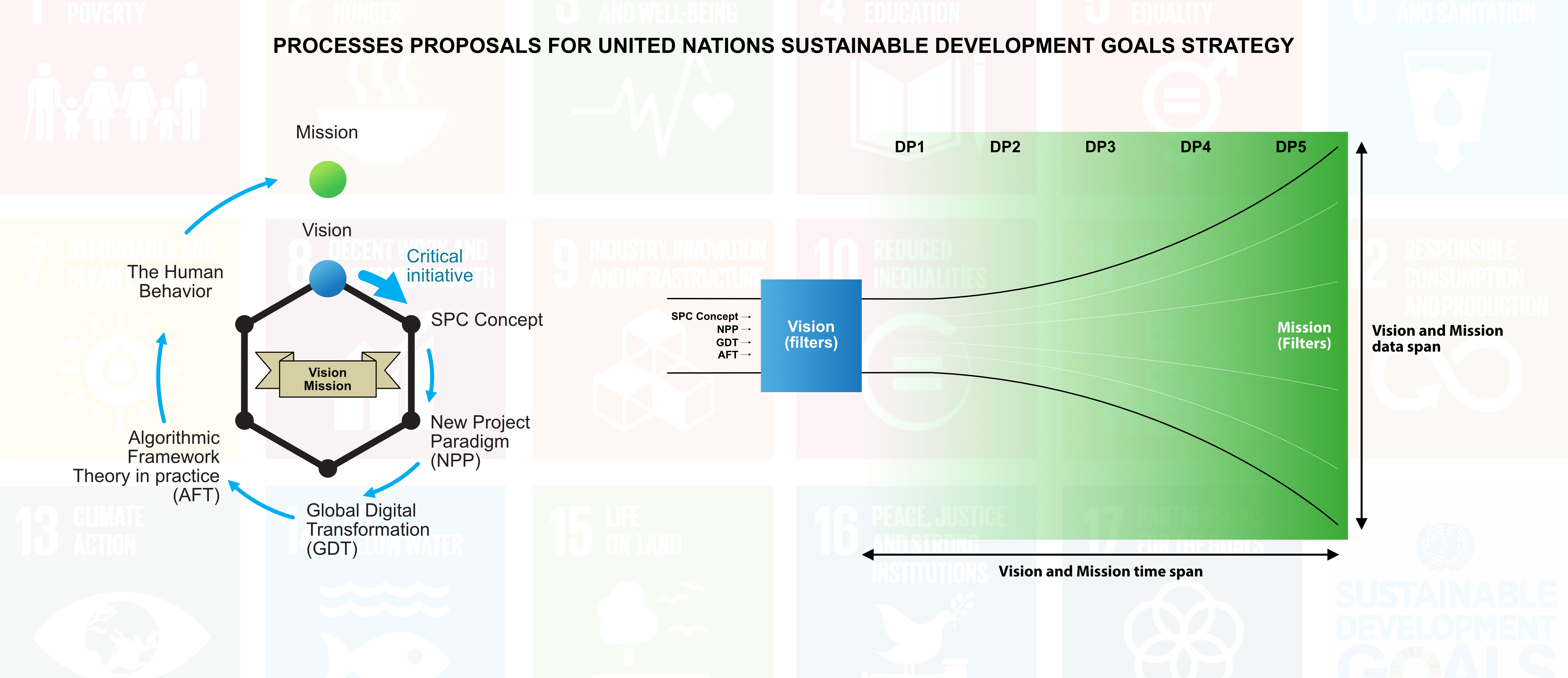Figure C8d.2 Project Data Pools scaling in the vision and mission span

Figure C8d.2 Project Data Pools scaling in the vision and mission span
The dynamic diagram (DD) underlines the role of the critical Initiative (e.g., the critical decision to accept the SPC Concept as a pilot concept for GDT, at least, if needed, as one alternative). It presents the V&M as a shift in the cycle with six milestones. Vision starts with a decision about the principles of coming paths and milestones.
The following milestone offers the SPC Concept as a structure of the environment for developing the theory and needed preparation of the new project paradigm implementation (NPP) in the broad global spectrum of the SED, DRR, and HA projects.
The DD predicts that understanding what the new P.P. means for global development and safety in the Great Triad (G.T.) is necessary for success in the Global Digital Transformation (GDT). Human society is entering the "computers world," and at the time of the milestone called GDT, will need the complete adaptation of computer (machines) algorithms, both on theory and practical levels.
It is indicated by Algorithmic Framework Theory (AFT) milestones. With links to the Vision and the Mission (Figures C8b.2b and C8c.2b), the Dialectic Diagram (DD) is closing its cycle as an optimist. And who wouldn't wish the acceptable behavior of the Human at the end of his/her (their) mission with a wish that it will be the beginning of subsequent, probably similar cycles?
The dynamic DD steps (paths and milestones) are linked to the exact figure with the data flow model in a funnel of projects cut on segments of data pools (DP). Each DP reflects on specific stages of the project life cycle.
The project starts, its preparation, and implementation are stages that give the added value to utilization. And finally, to the physical or the moral project ending, and if the project as the works produced dangerous wastes, it should be such project residua removed or liquidated). The following figures (C8e.1, 2, 3) turn the view on the V&M as a specific object in global organizations.
The set of Figures C8e.1, 2, 3 schematically and in more detail (compared to Figures C4e.) indicates three essential views on scaling an object (globally and at some point). The first is about the design of things (objects), the second is about the interface between the created objects, and the third is about the shift between classical project management and the new project paradigm.
The method distinguishes between creating models of things (objects) for organizations and projects (see more details linked to the new project paradigm).
Figure C8e.1 links the pool of worldwide organizations (their economy, social, and safety roles) with threats of a better and safer life in the Great Triad (GT), both for nature and humans (more detail see on Figure C1b.).